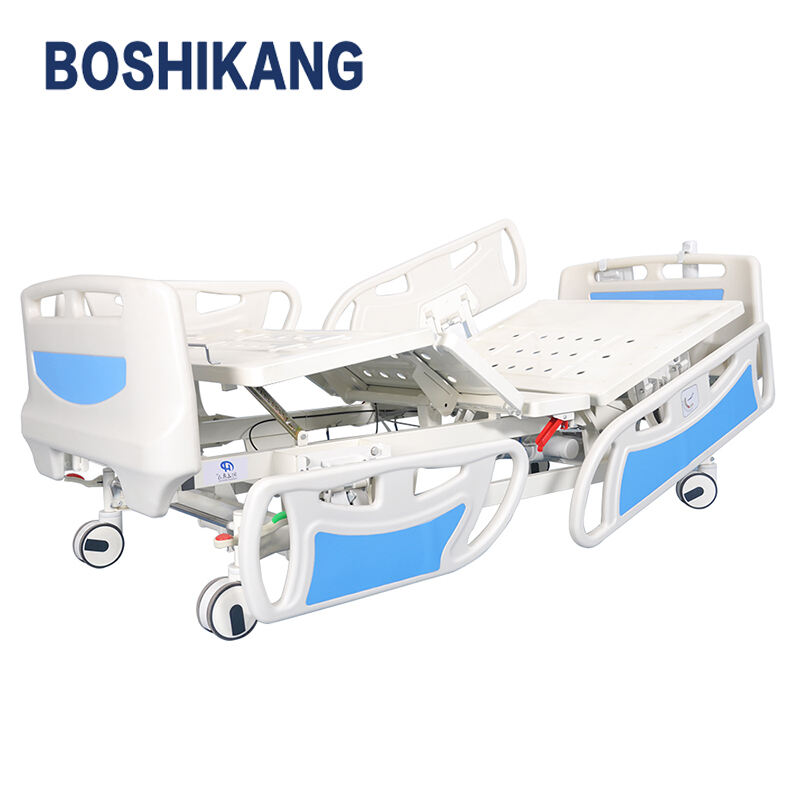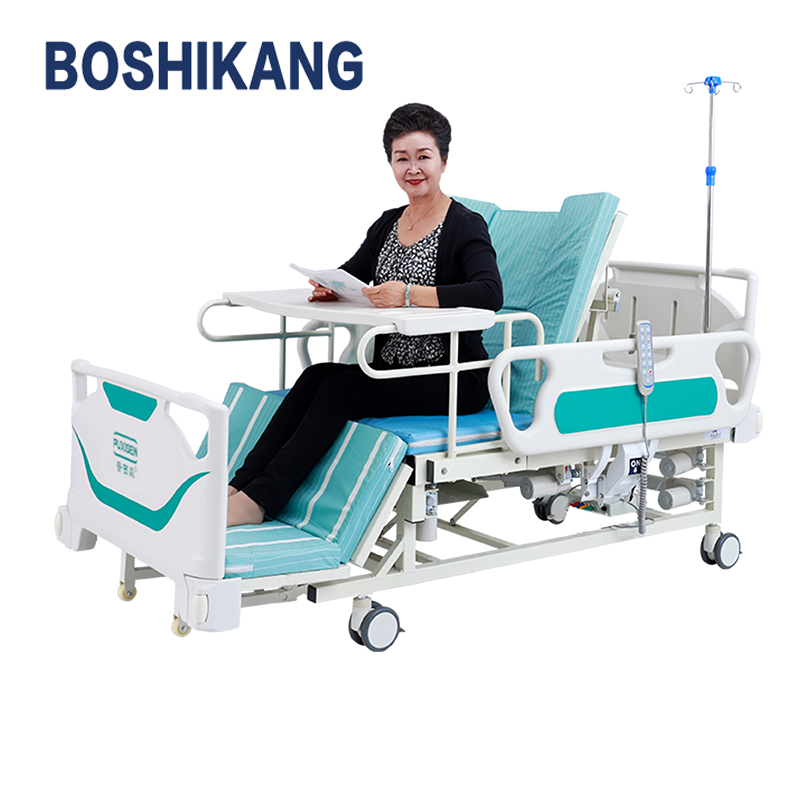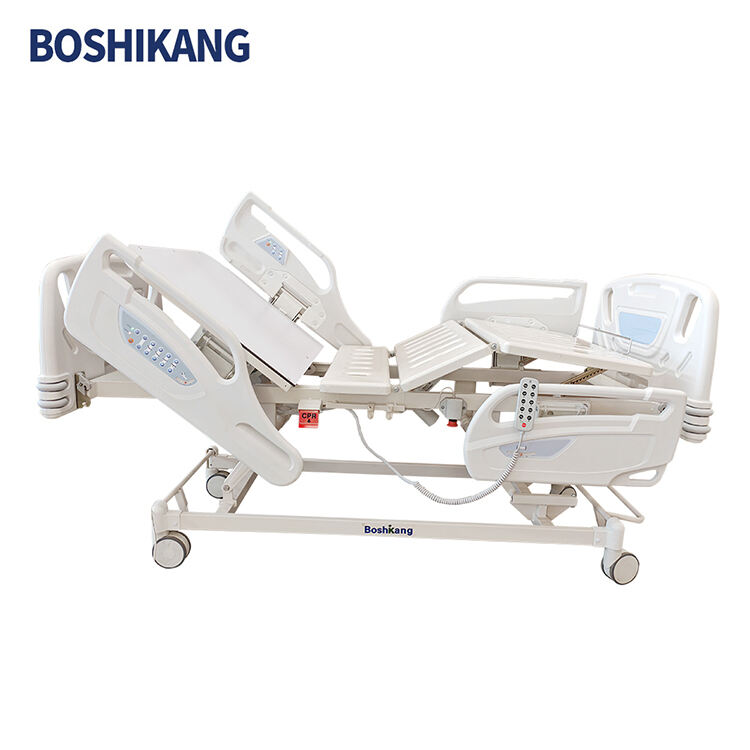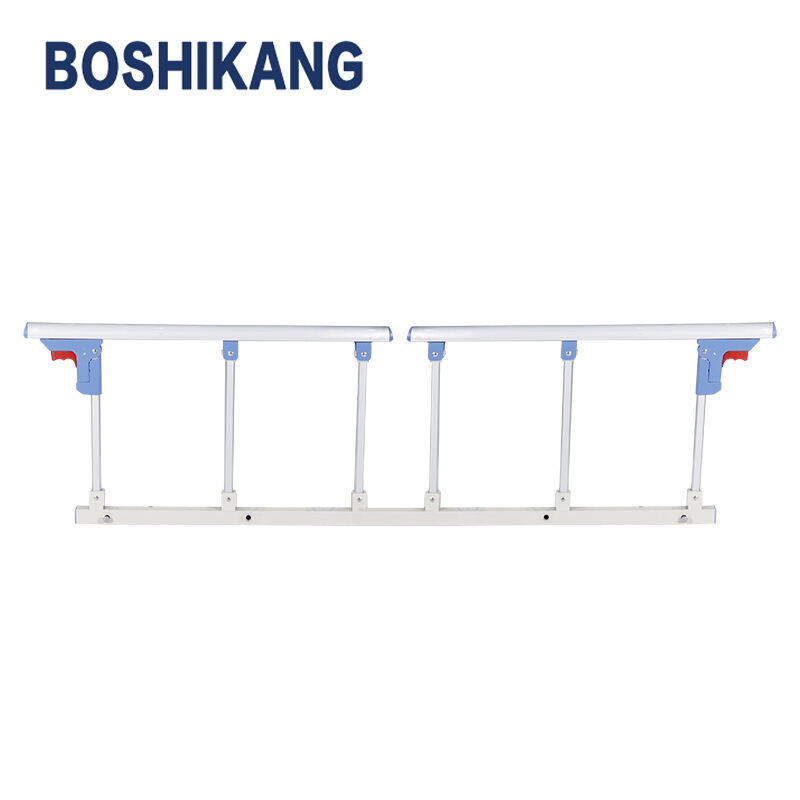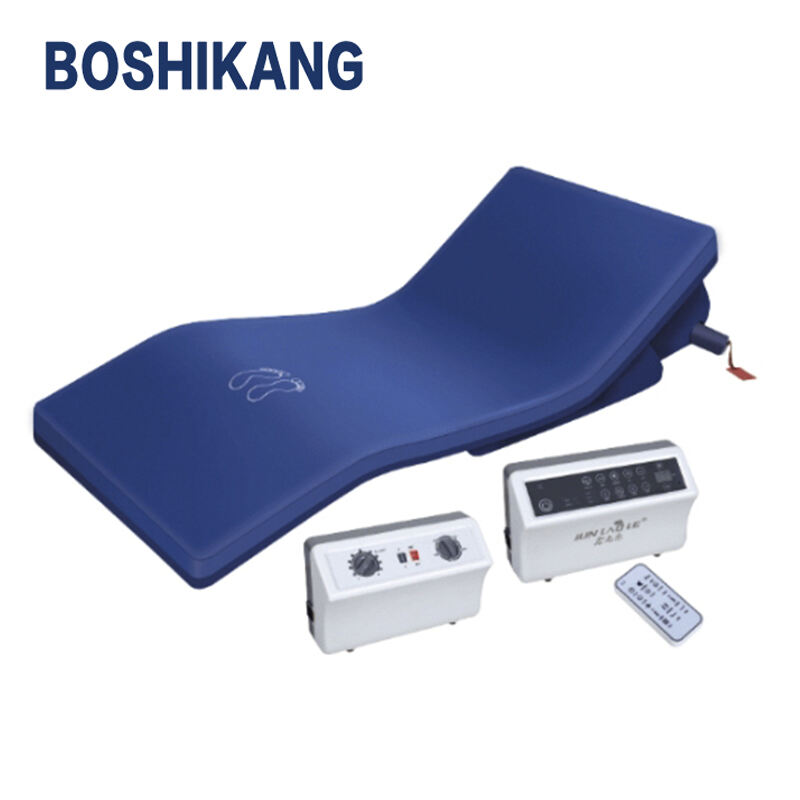component of hospital bed
Hospital bed components are sophisticated systems designed to provide optimal patient care and comfort while facilitating healthcare providers work. These essential elements include the bed frame, mattress support platform, side rails, head and foot boards, control systems, and various adjustment mechanisms. The frame serves as the foundation, constructed from durable materials like steel or aluminum to ensure longevity and stability. Modern hospital beds feature electric motors and actuators that enable smooth height adjustments, backrest positioning, and knee gatch operations. The mattress platform typically incorporates sections that can be independently adjusted to achieve various therapeutic positions, including Trendelenburg and reverse Trendelenburg. Side rails are crucial safety features that prevent patient falls while allowing easy access for medical procedures. Advanced models include integrated scales for patient weight monitoring, built-in nurse call systems, and USB ports for device charging. The control panels, both for patient use and caregiver operations, offer intuitive interfaces for bed positioning and feature management. Additional components may include IV poles, drainage bag hooks, and mobility assistance devices, all designed to enhance patient care and staff efficiency.

